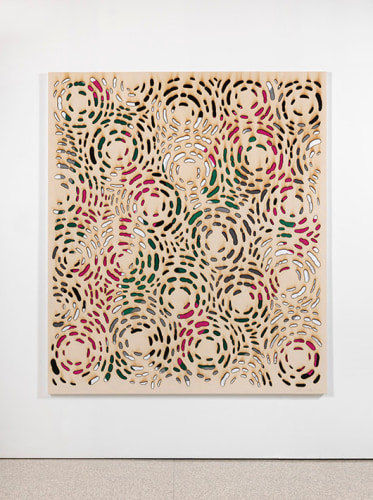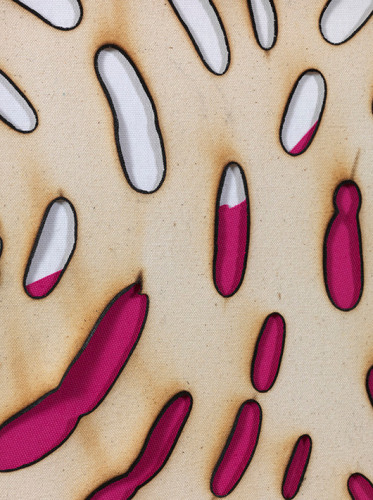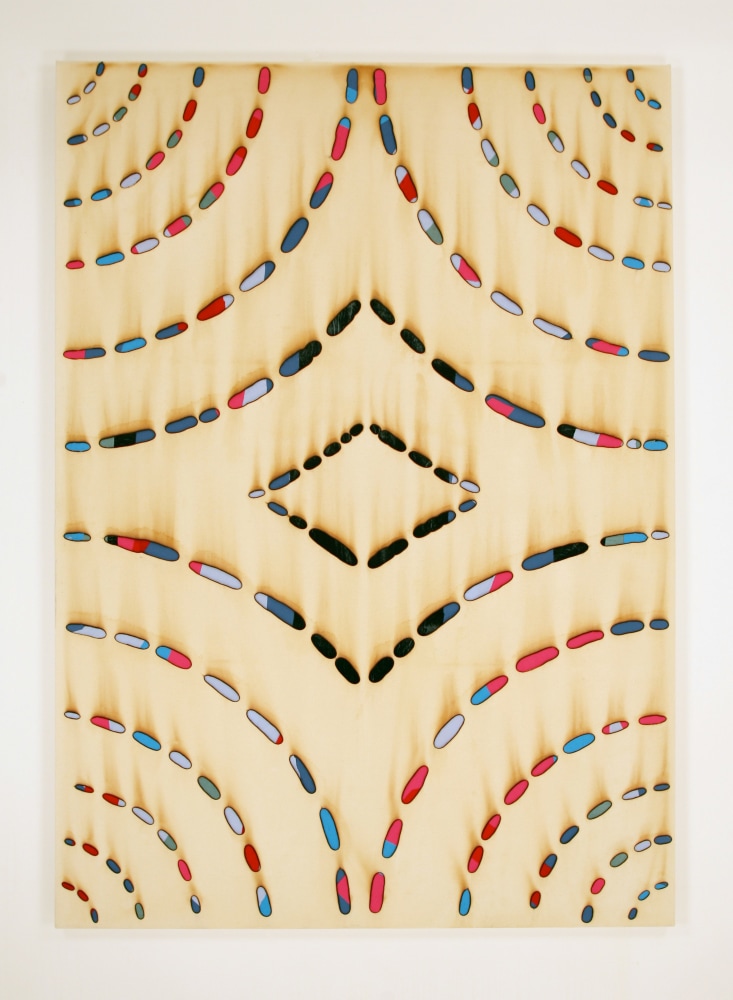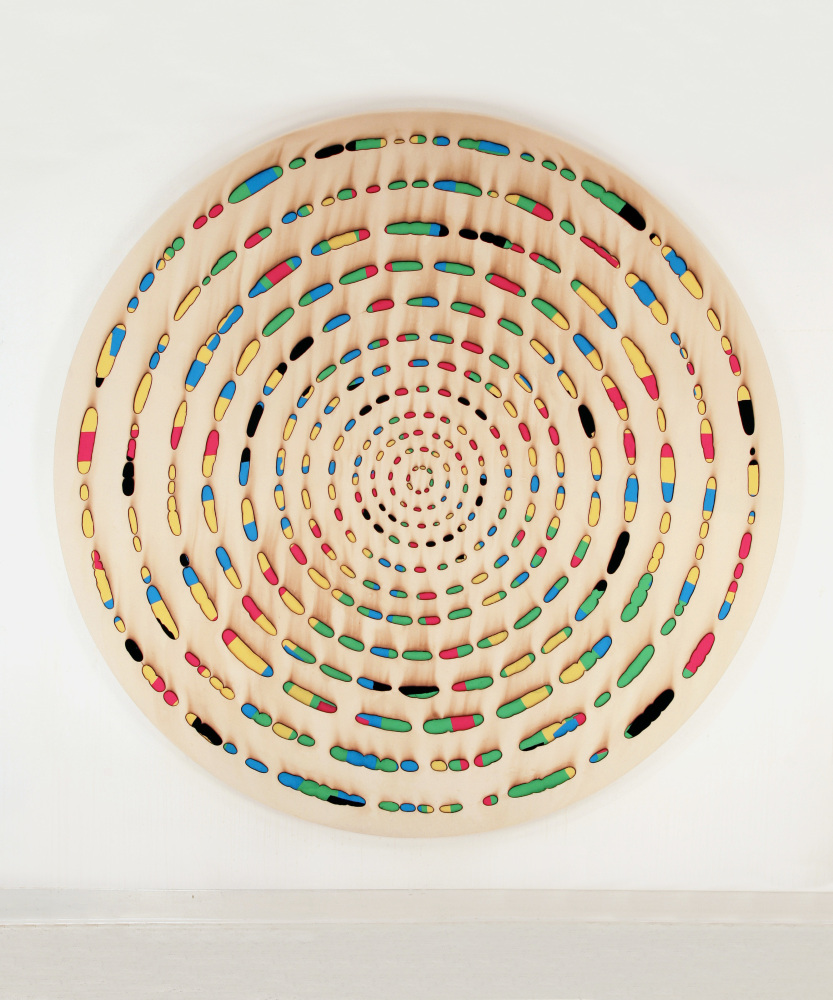Interview

Stephanie Buhmann: We are looking at your most recent body of work, which involves a very specific technique, the burning of canvas. Is it the first time that you have explored this process?
Kathleen Kucka: No. I was doing burning work 17 years ago, before I had my kids, who are now 16 and 17. I was burning both paper and canvas. After I had kids and 9/11, I decided that I didn't have the right emotional space and physical place to continue that work. We lived at the time ten blocks north of the World Trade Center, and it was a pretty toxic space.
SB: You just recently moved into this studio in Gowanus. Did this new set up encourage your rediscovered interest in burning?
KK: When I came into this studio, I was certainly ready to start a new body of work. I was experimenting a lot and took some pieces out of storage, including one of the burned canvases. I was really impressed that they hadn't aged and it reignited my desire to go back to this process. I found an additional space a couple of blocks from here, where I can do the burning part.

KK: The latter is new for me. In the past, I've shied from color and many of my paintings were black and white. Once in a while, I'd go for something like a red. But these multi-colored works are really a big change for me. Now I have all my fabrics laid out on the floor like a huge pallet so I can grab them at will. That's how I want to work with them, as painterly as possible. So far it's been really fun and it's working. I'm also interested in finding fabrics with different textures. Instead of looking for paints I now go to fabric stores and find meshes or velvets or whatever pops out at me and interests me.
SB: When using textiles, you inevitably introduce the notion of cultural contexts. The neon-colored mesh fabric for example brings sports gear to mind. You can look at a fabric's color and texture, but you can't always get away from certain connotations. Certain patterns can be considered retro, ethnic or classic, for example. Meanwhile, materials can encourage a monetary evaluation as some are thought of as luxurious and others as cheap. In that sense, each shape in your composition becomes a potential window into a different reality.

SB: It's interesting that your move to a new studio encouraged you to look at older works again.
KK: In a way, the work has come full circle. It's like it didn't skip a beat. It's not about a lack of new ideas, as this is exactly where I want to be. I just continue to push the work. For me, closing this gap is about having children. Because all this older work I'm currently revisiting is work I did before I had kids. The studio in Brooklyn allows me to go back to a more dangerous process.
SB: It can be a challenge to hold back and/or preserve old work, especially in this city where space is so valuable. Some artists are very conscious of archiving pieces from different periods and others lose traces of the past, because all the work is sold or destroyed.
KK: Exactly. Holding back work is always a blessing and a curse. Some people have so much stuff in storage…

KK: It's funny, if you were to take the top layer off of my paintings, it would be like removing their skin; it would reveal the multi-faceted complexity, and chaos, of what's going on behind what we see.
SB: This surface layer establishes an overall sense of structure. It edits and therefore organizes the busy, compartmentalized gestalt underneath. Let's talk about this nine-panel installation featuring black rain-like drawings. Here, order is bestowed in a very different fashion.
KK: I did this back in the mid-1990s. I never knew how I should display it and then came up with these Plexiglas boxes. Now the works feel framed without being in a frame. It accentuates the monochromality of the work. With Plexi, you also have to deal with the reflective quality - especially with a black work you're always in it. I like this duality.
SB: You think a lot about the presentation of your work, which often include artist frames, for example.
KK: It addresses the conceptual and sculptural aspect of my work. Canvases are going to be fine on their own, they don't need a frame, but with drawing it really makes sense.
SB: By determining how the drawings should be displayed you succeed in choreographing the overall experience of them. The same is true with another elaborate installation made of several small, framed works on paper.